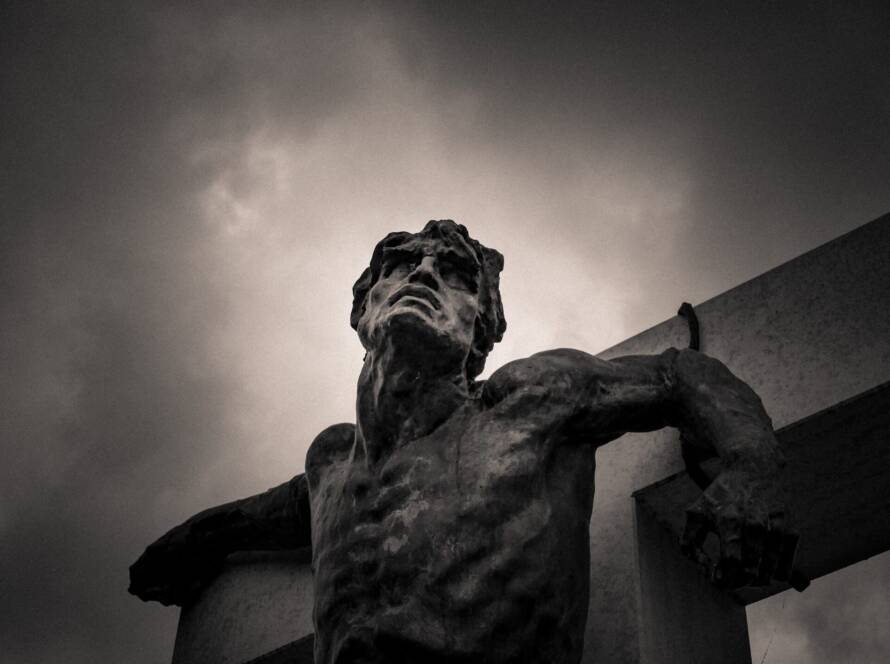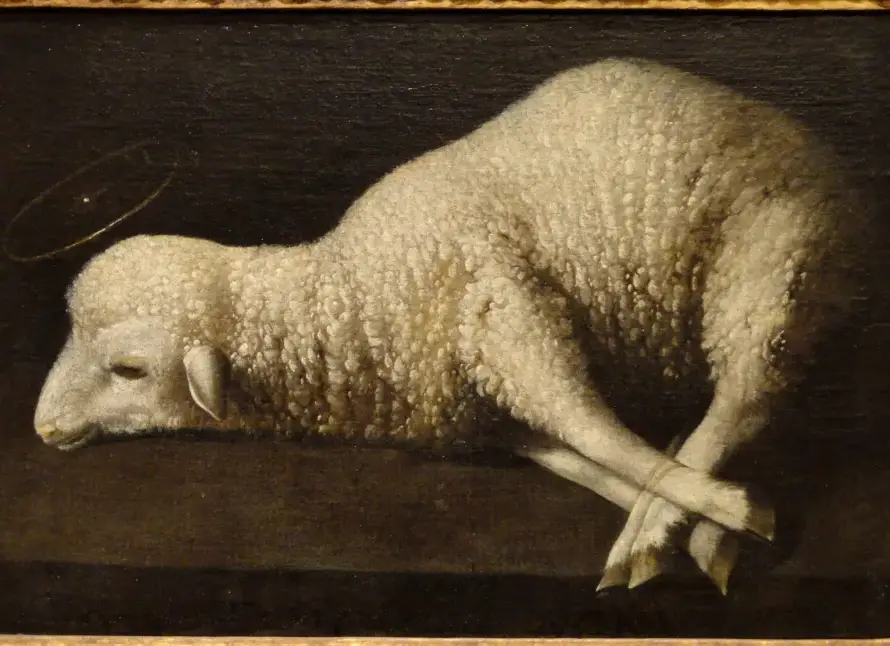Jodie Foster and Matthew McConaughey starred together in the 1997 film Contact.
About halfway through the film Dr. Ellie Arroway (Jodie Foster), who is an agnostic scientist and the protagonist of the film, introduces the theory of Occam’s Razor to Palmer Joss (Matthew McConaughey). Palmer is a seminary-trained, confessional catholic theologian. Occam’s Razor, Dr. Arroway explains, is the theory that proposes that all things being equal, the simplest explanation tends to be the right one. In light of Occam’s Razor, Dr. Arroway goes on to challenge Palmer’s beliefs by asking him, “So what’s more likely? An all powerful, mysterious God created the universe then decided not to give any proof of his existence. Or, that he simply doesn’t exist at all and that we created him so we wouldn’t have to feel so small and alone?”
The problem with Dr. Arroway’s challenge is that there is a fundamental flaw in her presupposition that God has not given proof of his existence.
God has, in fact, given proof of his existence. Paul states, “For what can be known about God is plain to them, because God has shown it to them. For his invisible attributes, namely, his eternal power and divine nature, have been clearly perceived, ever since the creation of the word, in things that have been made” (Rom 1:19–20).
So as to not take this verse out of context, Paul is arguing the point that God reveals himself in the brokeness of the world. Essentially Paul is saying that the world’s problems are explained through the fact that God has woven his own moral standard into the fabric of the universe. What we’re talking about are the spiritual laws of the universe (or “ethics”).
C.S. Lewis put it more simply when he wrote, “God whispers to us in our pleasures, speaks in our consciences, but shouts in our pain: it is His megaphone to rouse a deaf world” (Lewis, The Problem of Paul, 91). The point here is that God makes himself known to us is in our brokenness. It is in our problems, difficulties, distress, and suffering that God wishes to meet us and reveal himself for the purpose of healing. He invites us to allow him to join us at the table of human brokenness. This means that the suffering of the world, and the suffering of the church in particular, is no more in vain than the suffering of Jesus himself.
Directly related to this is John the Baptist. The Gospel of Mark starts out by saying that Good News of Jesus Christ begins with John’s ministry. In order to get to Jesus you have to pass through John. John prepares the way to Jesus. But what did John’s ministry represent? Repentance. This means that it is in the place of our fallenness, our humanity, that the grace of God begins its healing work in our lives. We cannot know him outside of our humanness.
This is why we consider suffering a joy (James 1:2), because God draws us to himself in our suffering, in our pain. This is also why Jesus is known as the “wounded healer”. Because he meets us in our suffering through his own suffering. He joins us in our woundedness in order to administer the balm of grace.
This serves to remind us that often times the best thing the church can offer a broken world is its own brokenness and humanity. It is in the place of the wound that healing begins.





